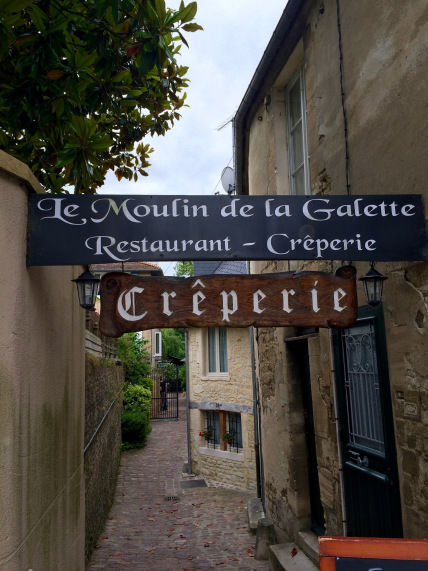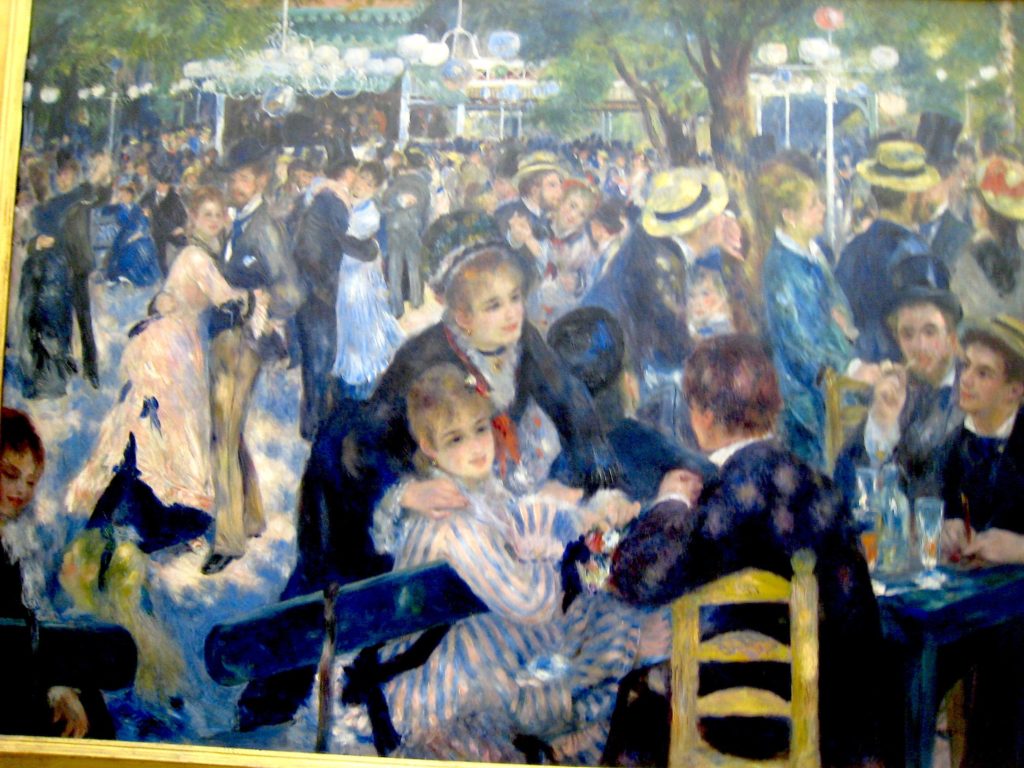If Three’s a crowd, is six a mob?
As I’ve aged, I’ve become increasingly inclined to travel with a group when I travel overseas rather than making the effort to do all that planning on my own. I prefer small group tour operators as opposed to large groups like those I had traveling to Scandinavia in 2015 or traveling with Performance today on this trip to France. Regardless of the group size, my experience has been that, as the trip progresses a group dynamic emerges wherein people form small subgroups creating temporary, though occasionally enduring, traveling friendships.
These often start with a shared meal which becomes a second then a third and the relationship is set. This was certainly the case for our group of six by the time we’d reached Bayeux. The “crew” had essentially become Pat and me, Chuck and Sherry from St. Louis, and Sharon and Jim from upstate New York. We’d share a table for dinner most nights and spent much of the day together in Bayeux and this included our lunch for six at the Crêperie pictured below.
Chuck and I share a propensity for finding the pun in just about any situation as well as a tendency and willingness to break into song with little or no provocation so we were a natural fit. Sharon, originally from New York City is a bit brassy, outspoken, and blunt in a New York sort of way. Jim, Sherry, and Pat provided the complementary reticent yin to our occasionally obnoxious yang.
The restaurant was Chuck’s suggestion and whether he’d picked it up from Trip Advisor, Yelp, or some other such site, it was a good one on at least two levels. First, we were in France and it would have felt inappropriate had we departed without having at least one meal at a crêperie. While it’s true that Bretagne (Brittany) is the French région best known for its crêpes and galettes, its eastern neighbor, Normandie doesn’t fare poorly in its reputation.
It’s important, before you have your meal at a crêperie, to know the difference between crêpes and galettes. In most of France, a galette is a thick savory pancake made with buckwheat, water and, salt (sometimes called a galette sarrasin or just sarrasin) and it can be filled with more or less anything – vegetables, cheese, ham, or any creative combination that the chef believes will result in a complementary blend of flavors. They are normally eaten as a meal. A crêpe is thinner than a galette and is usually made with wheat flour and sugar and then filled with Nutella, caramel, bananas, or other sweets. These are eaten as a dessert.
(This differentiation should hold true in most of France with the notable exception being the southwest area of Brittany where a galette is usually called a crêpe blé noir or sarrasin and the dessert version is called a crêpe froment, bretonne, or sucré.)
In the photo below (from thetalkingsuitcase) you see a galette as prepared in our Bayeux crêperie
and these are basic crêpes (photo from taste.com.au):.
I have to confess that this is one of the few instances where I abandoned any sense of self control and had a galette, a crêpe, and cidre. The galette I chose for my main course was called Campagnarde. It was filled with two types of cheese – one of which was a goat cheese – some sort of poultry (on the menu as volaille), onions, and mushrooms. My dessert was similar to the one in the above photo – a classic beurre et sucre (butter and sugar) crêpe. It was my favorite meal of the trip to this point and was certainly the best meal off the ship.
A friend recently asked me what has been the most surprising discovery of my travels and I told him that I was surprised at the connections large and small between events large and small. For example, those of you who read my account of my August 2017 visit to Little Big Horn National Monument might recall that I was surprised to find connective tissue between the financial panic of 1873 that began in Vienna and a confrontation on a Montana battlefield in 1876.
In this instance, the connection is small and of little import but curious nevertheless. Wittingly or not, Chuck had also chosen a restaurant with a name that’s incorporated into this famous painting by Renoir that we’d seen in the Musée d’Orsay some days ago.
called Bal du Moulin de la Galette. Connections. (I won’t always point them out but they will appear with focused reading.)
And I made another connection earlier in the trip that I haven’t written about. On one of our bus rides I sat next to a chap named Pete and his wife Lynne. We started chatting and I learned they were from Cody, Wyoming. I told them that I’d passed through Cody last summer on my way to visit the Japanese Internment camp at Heart Mountain. Well, as it turns out, Pete is on the board of directors of the Heart Mountain Foundation and both he and his brother Alan had visited the camp during the war when both were Boy Scouts. In truth, one of the few regrets I brought home from this trip is that I didn’t spend at least a little more time with Pete and Lynne who are as charming a couple as I’d want to meet.



